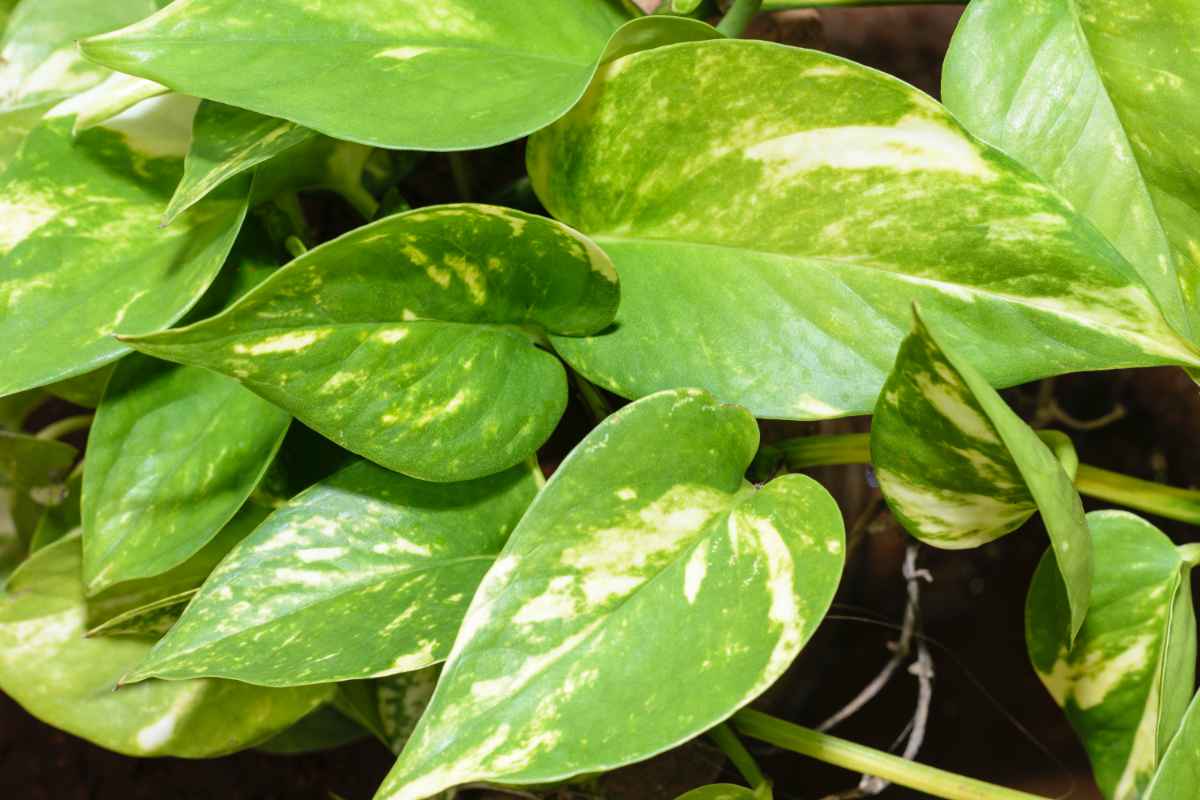
You may have received a money tree as a gift for a wedding, baptism, birthday, or anniversary. Although it doesn’t actually produce money, it is believed that if you take good care of the plant, you will prosper. However, caring for a money tree plant requires more than just luck to keep it healthy and happy.
In this money tree care for beginners guide, we will tell you everything you need to know about this plant, from light and water requirements to pruning and repotting. Let’s get started.
What is a Money Tree Plant?
A money tree plant, scientifically known as Pachira aquatica, is a tropical species native to the wetlands of Central and South America. According to Rick Pudwell, director of horticulture at Memphis Botanic Garden, “It’s a fairly popular houseplant, but not always easy to find in plant shops and nurseries.”
Common names for money trees are Guiana chestnut, Malabar chestnut, saba nut, and wild kapok tree. “From my perspective, it is a good plant to have,” Pudwell says. “It is a little different in appearance than most house plants. Many times, they are grown with a braided trunk. This is not natural. It is done when the plants are very young and the stems are pliable. It is quite decorative.”
Why is it Called a Money Tree?
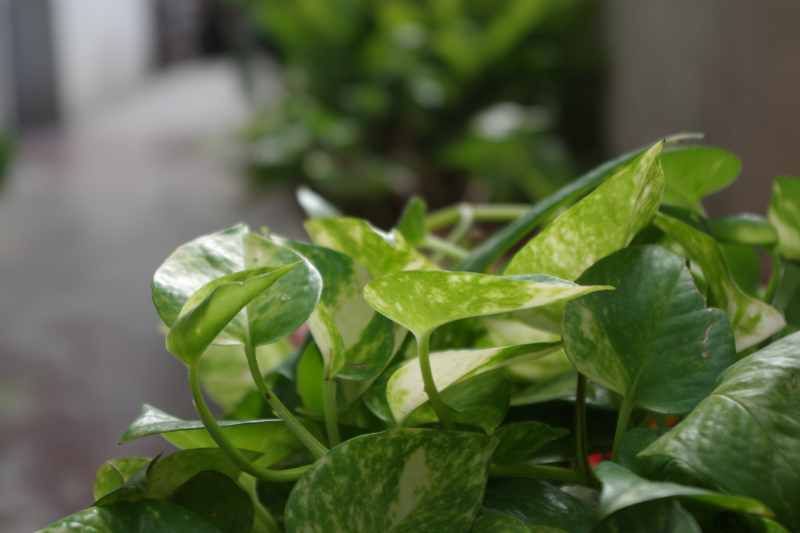
“I think the common name has a lot of appeal,” says Pudwell. The name money tree comes from an old fable about a poor man gaining good fortune by discovering this tree and then selling its seeds.
According to Feng Shui teachings, the money tree plant is known for bringing positive energy and good luck to those who have it in their home or office, making it a popular gift in East Asian countries like China and Taiwan.
Care Tips for a Money Tree Plant
Caring for a money tree plant is considered relatively easy, according to Pudwell. “I would say it requires average care for a tropical house plant.”
These plants are winter hardy outside, but only in USDA Hardiness Zone Map zones 10-12. That means Southern states such as Florida and Hawaii can grow a money tree outdoors, but for the rest of the United States, it’s an indoor plant. Pudwell says if you are growing one indoors, the temperature cannot go below 50 F.
Light Requirements
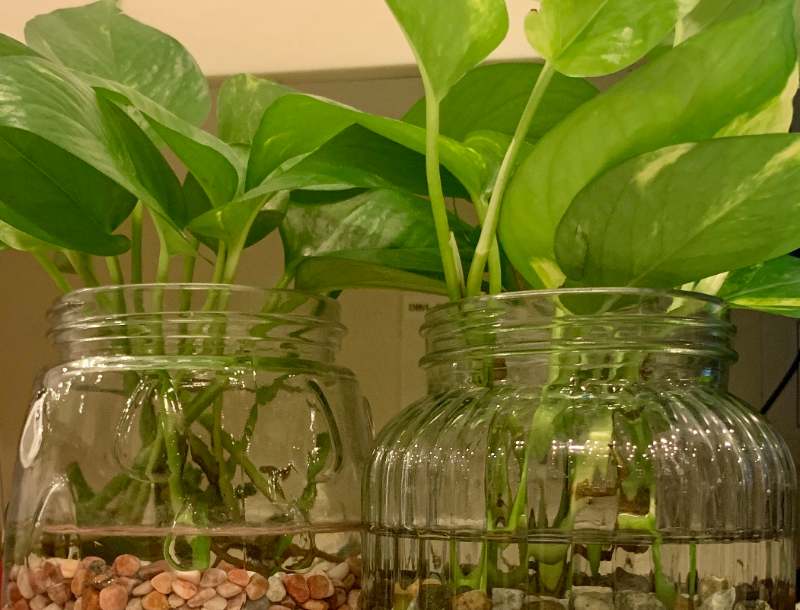
One of the most common mistakes beginners make is messing up money tree light requirements and placing it in direct sunlight. Money trees can survive under LED or fluorescent light, but their leaves will burn if exposed to the sun.
“Like most tropical plants that adapt to indoor culture, it is tolerant of medium light conditions but prefers to be near a window,” Pudwell says. “You should place it inside or near a brightly lit window, but not in the all-day sun.”
To maintain the health of your money tree plant, follow these tips:
- Provide indirect light: Place the plant near a well-lit window but not in the sun.
- Monitor health: If the green leaves start to turn yellow and dry out, it may indicate that your money tree is getting too much light.
- Avoid extremes: Do not place the plant in extremely low light conditions or expose it to direct sunlight.
- Regularly rotate: When watering the plant, rotate it at least 30 degrees to ensure even growth.
Water Requirements
After getting enough sunlight, watering a money tree properly is key. These plants are low maintenance, and your money tree needs less water than you might think. Underwatering them is better than overwatering.
To keep the plant healthy, water it every one to two weeks. However, ensure the soil is mostly dry before watering it again. Here are some tips for watering a money tree plant:
- Check the moisture level by inserting your finger into the soil up to your first knuckle. Water the plant thoroughly if more than the first 2 inches of soil feels dry.
- Ensure proper drainage by allowing water to drip from the bottom of the pot into the saucer beneath and emptying the saucer after each watering.
- Consider using a humidifier, especially during dry winter months, to maintain moisture levels.
Watch for Symptoms of Overwatering
By paying attention to these signs, you can prevent overwatering and ensure your plants’ optimal health and growth.
- Wilting or drooping leaves
- Yellowing or browning of leaves
- Root rot or mushy roots
- Fungus or mold growth
- Stunted growth or lack of new growth
- Soil that is constantly wet or waterlogged
- Poor overall plant health and vitality
Fertilizer Requirements
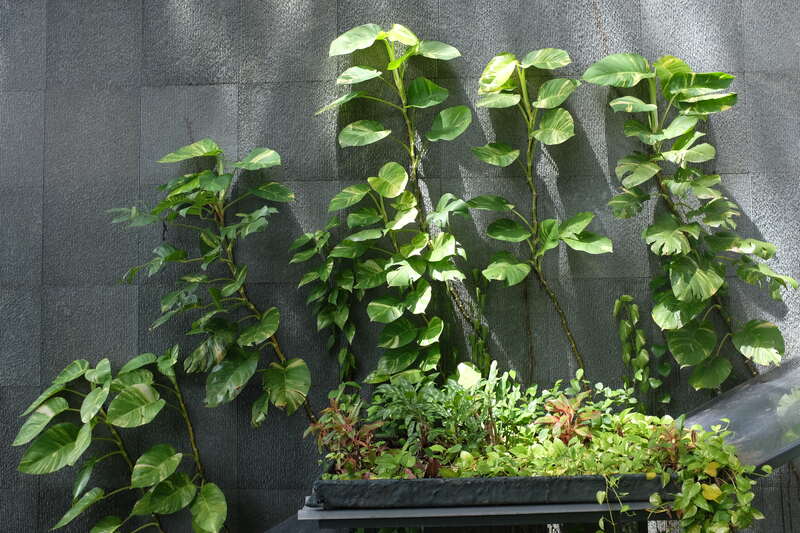
Ensure your money tree plant receives the necessary nutrients by fertilizing it regularly. Here are some tips for fertilizing a money tree plant:
- Moisten the soil before adding fertilizer.
- Use a water-soluble plant food specifically formulated for houseplants, or you can make your own fertilizer.
- Dilute liquid fertilizer to half-strength to prevent over-fertilizing.
- Fertilize once a month during its growing season from March through October.
- Avoid fertilizing in winter months when the plant’s growth slows down.
Signs of too much fertilizer:
- Yellow or brown-tipped leaves
- Burned or scorched leaf tips or edges
- Excessive leaf growth with smaller than usual leaf size
- Salt buildup on the soil surface.
If you notice these signs, it is recommended to flush the soil with water to leach out excess fertilizer and allow the plant to recover. Adjusting the fertilization schedule and using a diluted fertilizer solution can help prevent overfertilization in the future.
Pruning Requirements
Regular trimming will maintain the health and appearance of the money tree plant. Minimal trimming is sufficient if you want it to grow into a tree. However, if you prefer to maintain the bonsai shape and remove any brown growth, trim it as needed. Here are some tips for trimming a money tree plant:
- Prune any dead or yellowing leaves using clean, sharp pruning shears.
- Trim back branches that are growing too long or becoming unruly.
- Consider selectively trimming branches to shape the plant as desired.
- Avoid over-pruning, as this can stress the plant.
Repotting Requirements
Remember to choose a pot slightly larger than the current one, with good drainage holes, and use a well-draining potting soil mix suitable for tropical plants. Repotting a money tree plant can be done in two ways, depending on whether you plan to grow your money tree outside or inside.
- Indoor Repotting: For indoor money tree plants, use a commercially made soil mix that is peat moss-based. Add perlite and about 25% coarse sand or clean pea gravel to the potting mix for good drainage. Make sure the new pot has drainage holes at the bottom.
- Outdoor Repotting: If planting the money tree outdoors in a frost-free climate and average soil fertility, choose a shady area with large existing trees. You may need to improve the drainage in your yard if puddling is a problem. Water the plant as needed.
Reasons to repot a money tree plant include:
- Root bound: When the roots of a money tree plant become tightly packed and start to circle the inside of the pot, it is a sign that the plant has outgrown its current container and needs to be repotted into a larger one.
- Poor drainage: If the current pot does not have proper drainage holes or the soil does not drain well, repotting the money tree plant into a container with adequate drainage will help prevent waterlogging and root rot.
- Nutrient depletion: Over time, the soil in the current pot may become depleted of nutrients. Repotting the money tree plant with fresh, nutrient-rich soil will provide the nutrients for healthy growth.
- Refreshed growth: Repotting can stimulate new growth in the money tree plant, mainly if the current pot is overcrowded or the soil has become compacted.
- Aesthetic reasons: Repotting your money tree plant allows you to select a new pot that aligns with your desired aesthetic or complements the size and growth of the plant.
Common Money Tree Care Problems
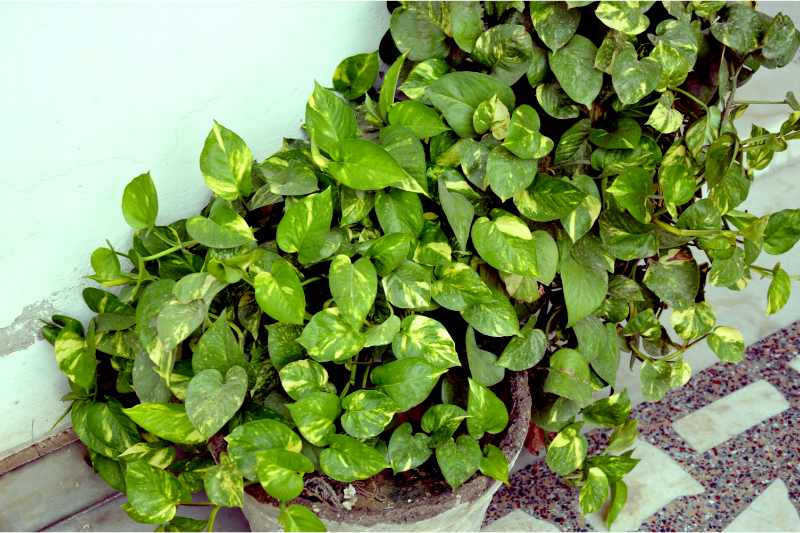
Pests
Like any other unwanted house guest, pests can be an annoyance for money tree owners. “If they do, I would suggest a systemic insecticide,” Pudwell says. “That will make the plant toxic to pets and anyone else who should graze upon it.” But he says it is never wise to let children or pets eat anything without supervision.
Common problem insects to watch out for:
- Scale insects: Small, oval-shaped pests that attach to the leaves and stems. Scale insects can cause yellowing of the leaves and the presence of sticky residue on the plant.
- Mealybugs: Small, white, cottony pests found on the leaves and stems. Mealybugs feed on the plant sap and can cause wilting, yellowing, and stunted growth.
- Spider mites: These tiny pests can be challenging to see with the naked eye. Spider mites create delicate webs on the leaves and can cause discoloration, wilting, and leaf drop.
- Aphids: Money tree leaves and stems are home to these small insects. Aphids feed on the plant sap and can cause curling, yellowing, and distorted growth of the leaves.
How to deal with pests on your money tree plant:
- Identify the specific pest affecting your plant.
- Use a systemic insecticide to control the infestation. Neem oil will take care of many pest problems.
- Follow the instructions on the insecticide label and be mindful of its toxicity.
- Keep children and pets away from treated plants.
- Regularly monitor the plant for any signs of re-infestation.
Sparse Leaves or Too Lanky
When a money tree plant has sparse leaves or becomes too lanky, it may be due to a few factors:
- Insufficient light: Money tree plants thrive in bright, indirect light. They may lose leaves and become sparse if they do not receive enough light.
- Overwatering: Money tree plants are sensitive to overwatering. If the soil is consistently wet or waterlogged, it can lead to root rot, which affects the plant’s overall health and growth.
- Lack of humidity: Money tree plants thrive in humid environments. If the air around the plant is too dry, it can cause the leaves to dry out.
- Inadequate pruning: Regular pruning is important for maintaining the health and appearance of the money tree plant. If the plant is not pruned correctly, it can result in excessive growth in certain areas, causing it to become lanky.
Keeping your money plant misted or occasionally in a bathroom can help when the tree has gotten too sparse on top and too tall.
FAQ About Money Tree Plants
How Big Do Money Trees Get
A full-grown money tree can grow as tall as 60 feet in its natural habitat. However, they typically reach 3 to 6 feet when kept indoors, according to Pudwell.
Does a Money Tree Flower?
Yes, but Pudwell has never observed a money tree bloom under home conditions. Since it is a tree in its native habitat, he believes it must reach a mature size to produce any flowers.
How Much Do Money Trees Cost?
It all depends on the size of your money tree plant. “I would think the range could be $15 for a small specimen up to several hundred dollars for a large one,” Pudwell states.
Can a Money Tree Be Outside?
“Of course, they can summer outdoors in partial shade and benefit from their vacation under our summery tropical conditions,” he says. Indirect sunlight with limited full sun is recommended. Also, avoid putting the plant where winds could damage it.
The night temperatures cannot fall below 50 degrees Fahrenheit. They will also require more water outdoors because the pot will dry out more quickly in the heat.
When to Call a Pro
If you have any concerns about your money tree or any trees in your landscape, it is advisable to contact a professional for assistance. Fortunately, there are local, experienced, and highly-rated professionals nearby who can provide help.
Getting a free and easy quote from a local certified arborist is just a call or click away. Whether you need information or want to hire a professional today, we have you covered.
Main Image Credit: Vinodkpillai / Canva Pro / License